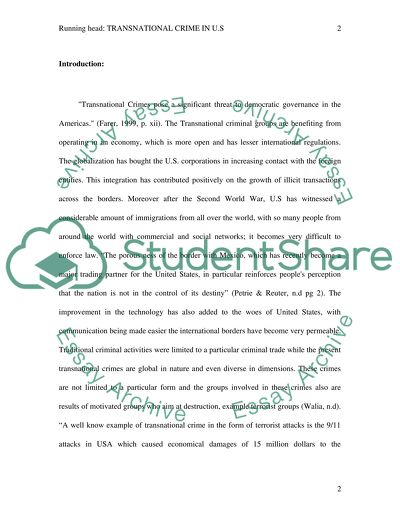Cite this document
(“Select ONE country and consider the countrys current and likely future Research Paper”, n.d.)
Retrieved from https://studentshare.org/miscellaneous/1567245-select-one-country-and-consider-the-countrys-current-and-likely-future-role-in-transnational-crime-over-the-next-decade
Retrieved from https://studentshare.org/miscellaneous/1567245-select-one-country-and-consider-the-countrys-current-and-likely-future-role-in-transnational-crime-over-the-next-decade
(Select ONE Country and Consider the Countrys Current and Likely Future Research Paper)
https://studentshare.org/miscellaneous/1567245-select-one-country-and-consider-the-countrys-current-and-likely-future-role-in-transnational-crime-over-the-next-decade.
https://studentshare.org/miscellaneous/1567245-select-one-country-and-consider-the-countrys-current-and-likely-future-role-in-transnational-crime-over-the-next-decade.
“Select ONE Country and Consider the Countrys Current and Likely Future Research Paper”, n.d. https://studentshare.org/miscellaneous/1567245-select-one-country-and-consider-the-countrys-current-and-likely-future-role-in-transnational-crime-over-the-next-decade.


